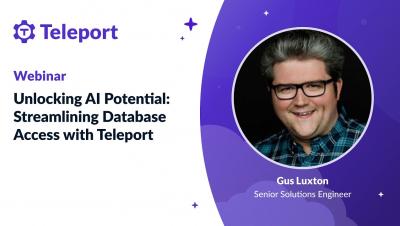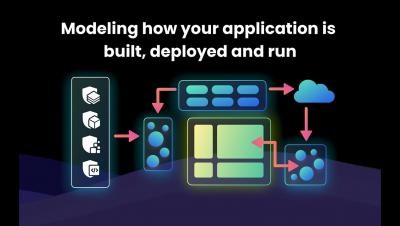Real-time authorization with Enterprise OPA and gRPC
In this article, you will learn about how to achieve high-throughput, real-time authorization. You should gain a basic understanding of the different protocols for interacting with the Open Policy Agent (OPA) and Styra Enterprise OPA APIs, as well as how and when to use different options. We will also cover the strengths of different protocol choices, and where they may make sense in your system architecture.











